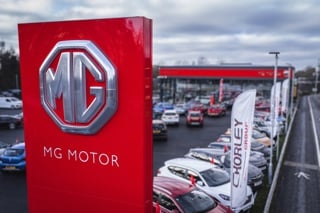Aston Martin’s investment is a new range of luxury vehicles deepened the iconic brand’s balance sheet woes in 2015, with pre-tax losses having risen from £71.9 million to £128 million.
The brand’s losses came despite an 8.5% increase in revenues (to £510 million) and a 4% increase in sales (from 3,500 to 3,615) as it spent £161 million on product development and prepared to commit £200 million to a new production facility in Wales.
Andy Palmer, Aston Martin’s chief executive, was quoted in the FT as saying that the results would not affect the brand’s planned investment in Wales.
Palmer said that Britain’s departure from the EU would not affect the project either, as none of the funding had been sourced from the Union.
Aston Martin is currently in the midst of an overhaul of its line-up, with the 600bhp twin-turbocharged DB11 GT and the DBX SUV positioned to broaden the brand’s appeal and boost its prolife and sales fortunes.
The plans follow the brand’s decision to shed 300 jobs as part of a cost-cutting exercise last year.
Mark Wilson, Aston Martin’s chief financial officer, told the FT that the brand expects to become profitable during 2018, when its Welsh manufacturing plant is due to open.



















Login to comment
Comments
No comments have been made yet.